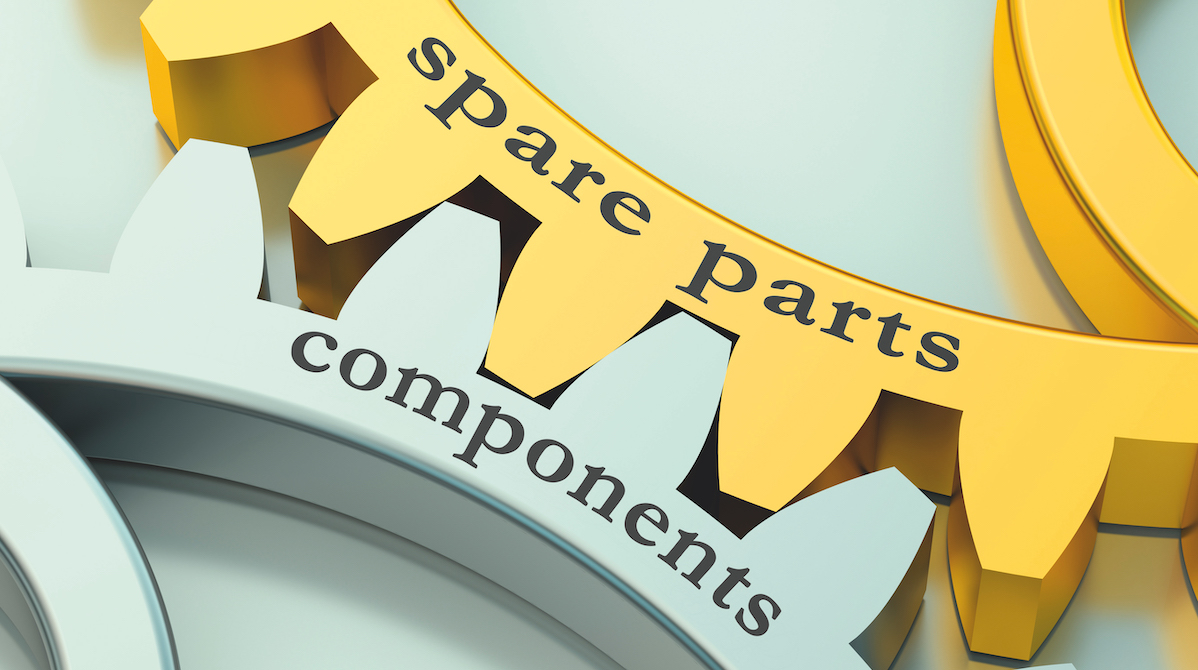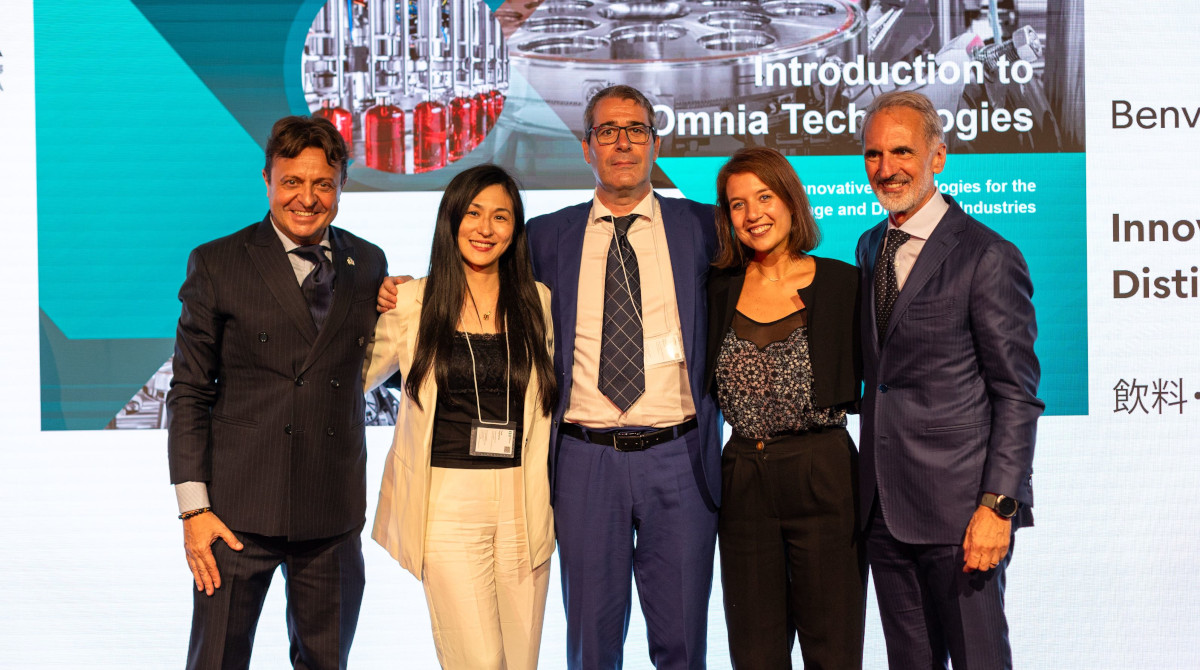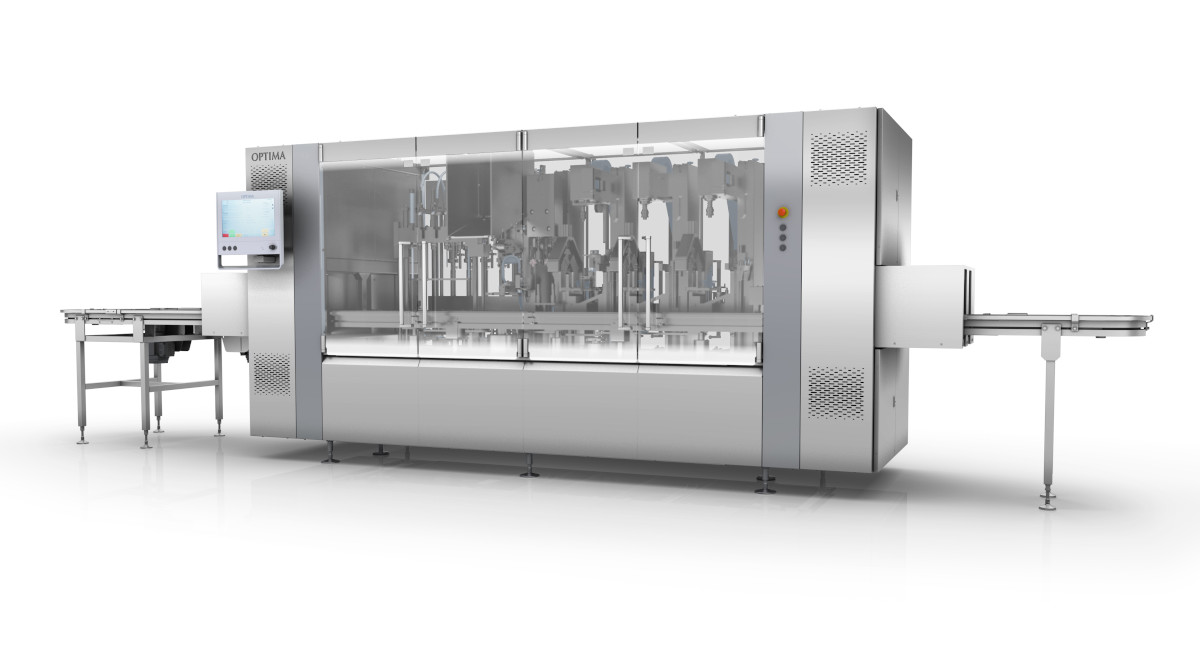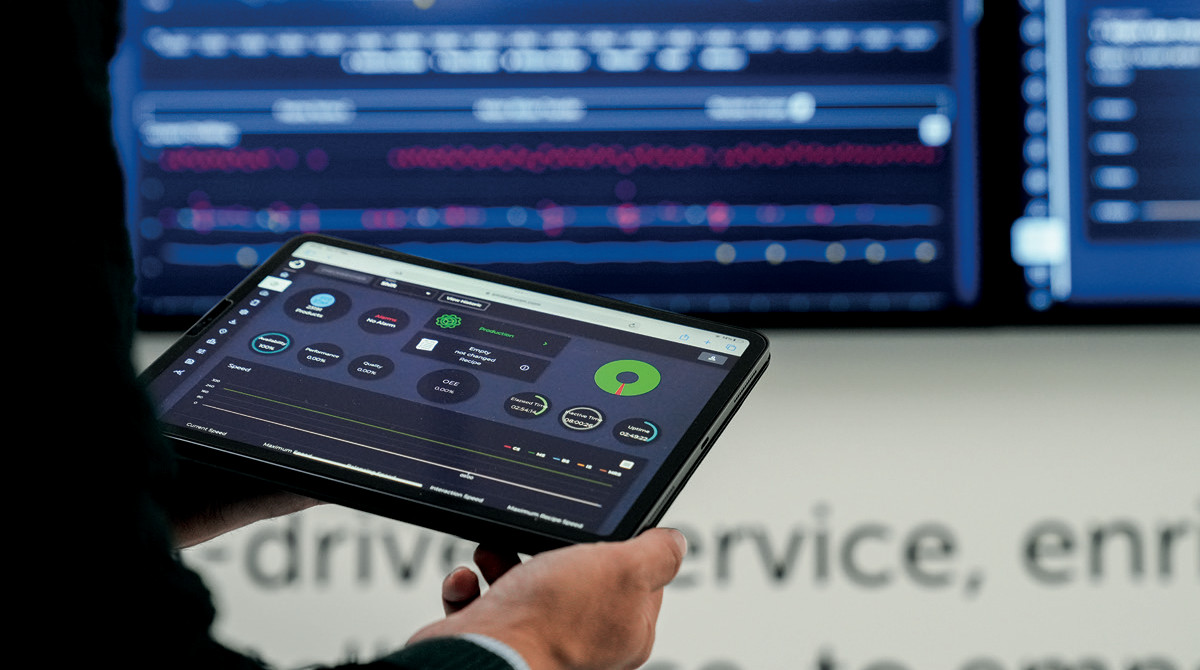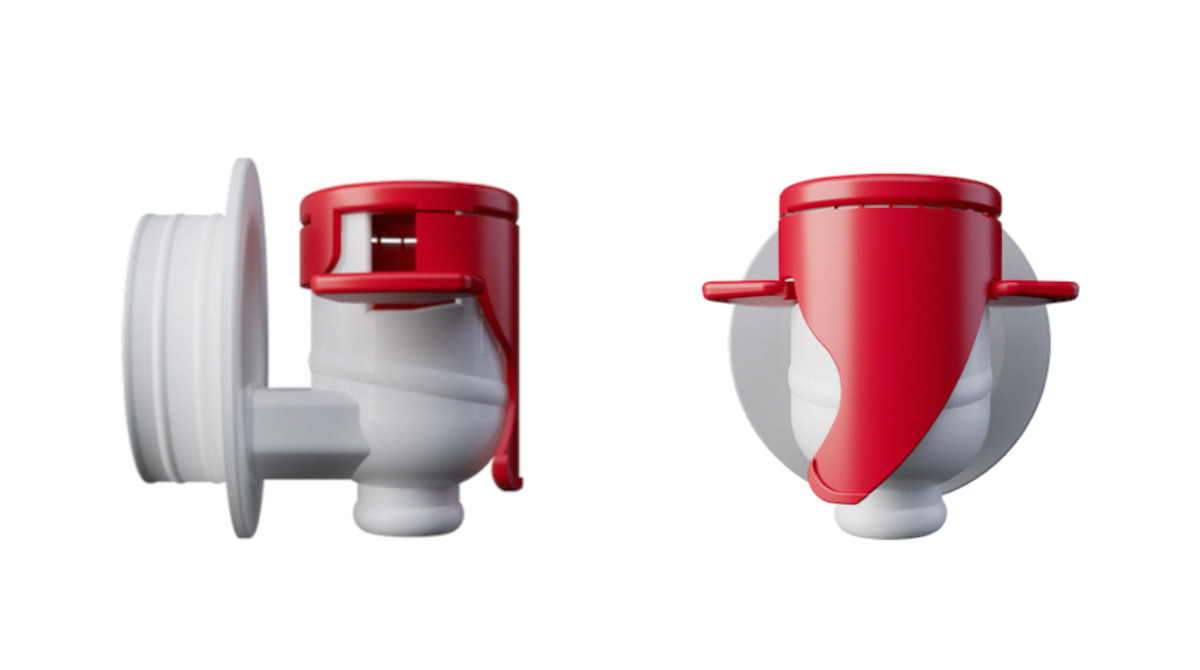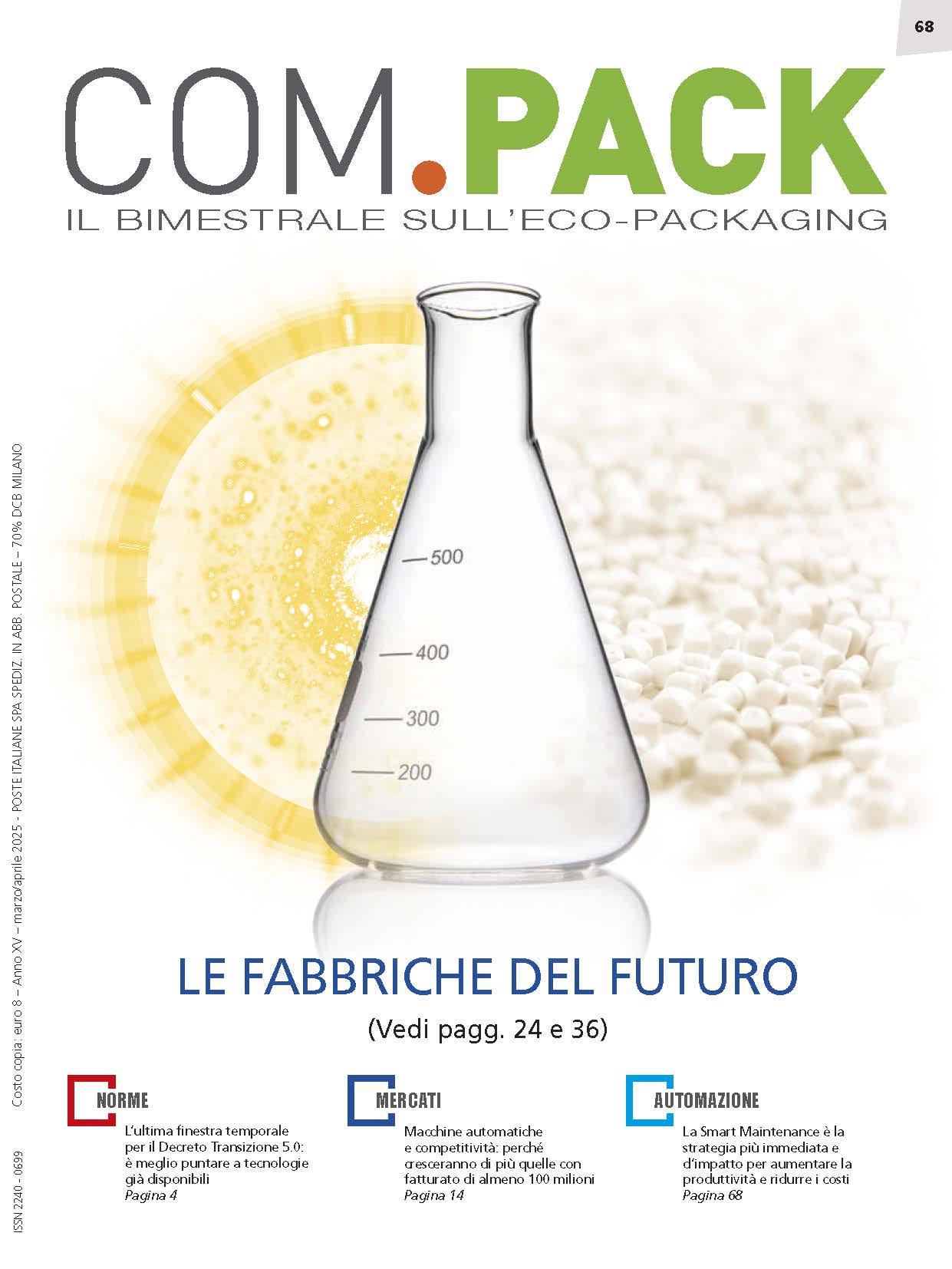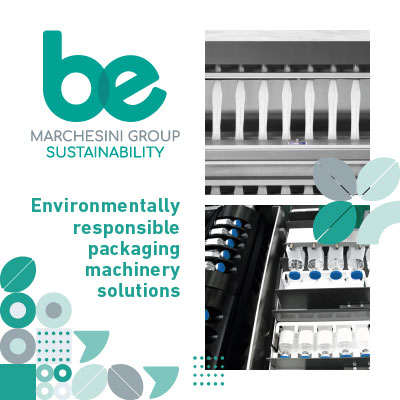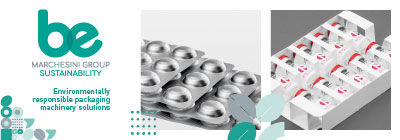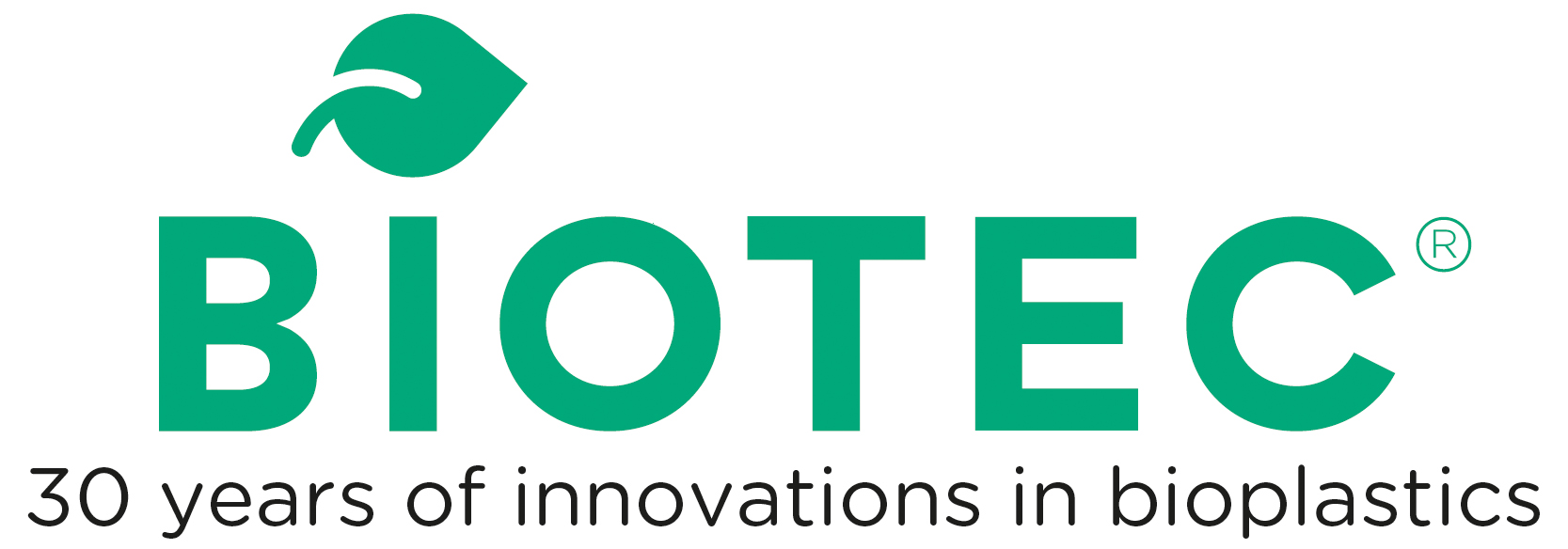Eduardo Schumann is responsible for the maintenance of the food (and non food) production and packaging plants at different companies in the world. We took advantage of his experience to understand what a company expects from its partners today for the supply and maintenance of its plants.
Image 00010 not found
How are the management parameters changing in medium and large food companies?
From the point of view of the final product, we must focus on quality so that it meets all the requirements: it must be correctly labelled, it must not contain foreign bodies ... in short, it must not represent a risk to the final consumer and therefore not lead to withdrawal or recall procedures. This means having a sound production process, but also the installation of some accessory components (X-rays, metal detector, label reader...) on the packaging lines, which were not so common a few years ago.
From the point of view of production, all routines must be standardised and controlled, and procedures for the safety of workers must be strengthened. Systems, plants and pipes must minimise performance losses.
From the point of view of maintenance, it is necessary to have machines that guarantee reliability and maintainability. Using acronyms I hope they have a high MTBF (Mean Time Between Failures) and a low MTTR (Mean Time To Repair), i.e. short failure repair times (MTTR) that occur after long operating times since the last repair was made (MTBF). We have worked hard to minimize failures by continuously monitoring the operation of the plants through the online Condition Base Monitoring (CBM) system. This system is important because it helps to identify the initial stages of a failure and reduce the randomness of problems, thus giving us time to plan and organize an intervention, instead of just reacting. Once we reach this 'sustainable' stage, we can achieve more targeted orders. If we have the time, we can arrange e-auctions for spare parts and services. Of course, all this must be done with the costs in mind.
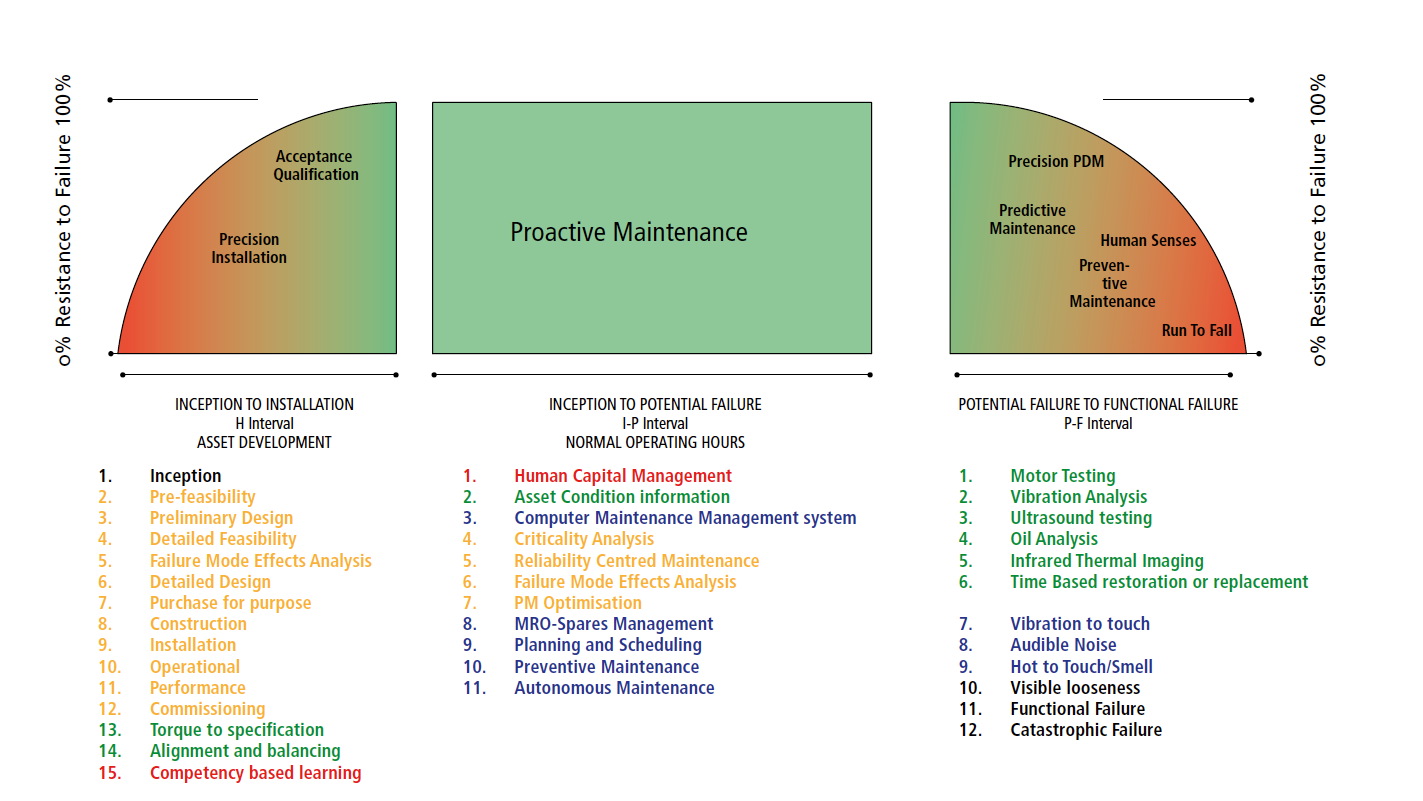
What tools do the food industries have available to test and validate the quality of scheduled maintenance?
We currently adopt precision maintenance at most of our production sites to avoid failures due to misalignment, vibration and wear, ensuring the relevant components are set to established tolerances. Such tools and techniques can be used not only to identify the early stages of a problem in an equipment, but also to test new or refurbished machines. One of the responsibilities of a machine manufacturer is to ensure that the equipment has been installed correctly. In the next step, it is the responsibility of the maintenance team to work with suppliers, identify critical aspects, check them after installation and then set up maintenance routines to ensure that these components remain within tolerances.
Is the technical know-how of the maintenance and service teams of food companies today sufficient to effectively test the operations carried out and the proposals made by technology manufacturers?
Not necessarily. We can test a defined performance, but technology keeps improving and we don't get everywhere. This risks having new lines that are less performing than expected. We are trying to work with some suppliers to combine our knowledge and get the best. We want to help them help us. As far as maintenance is concerned, we look for high reliability, easy maintainability and low total maintenance cost. In addition, a specific tool is needed to identify common components and consumables so that they are always kept in stock. This simple step would have an impact on maintainability, reducing MTTR since suitable spare parts would be available immediately.
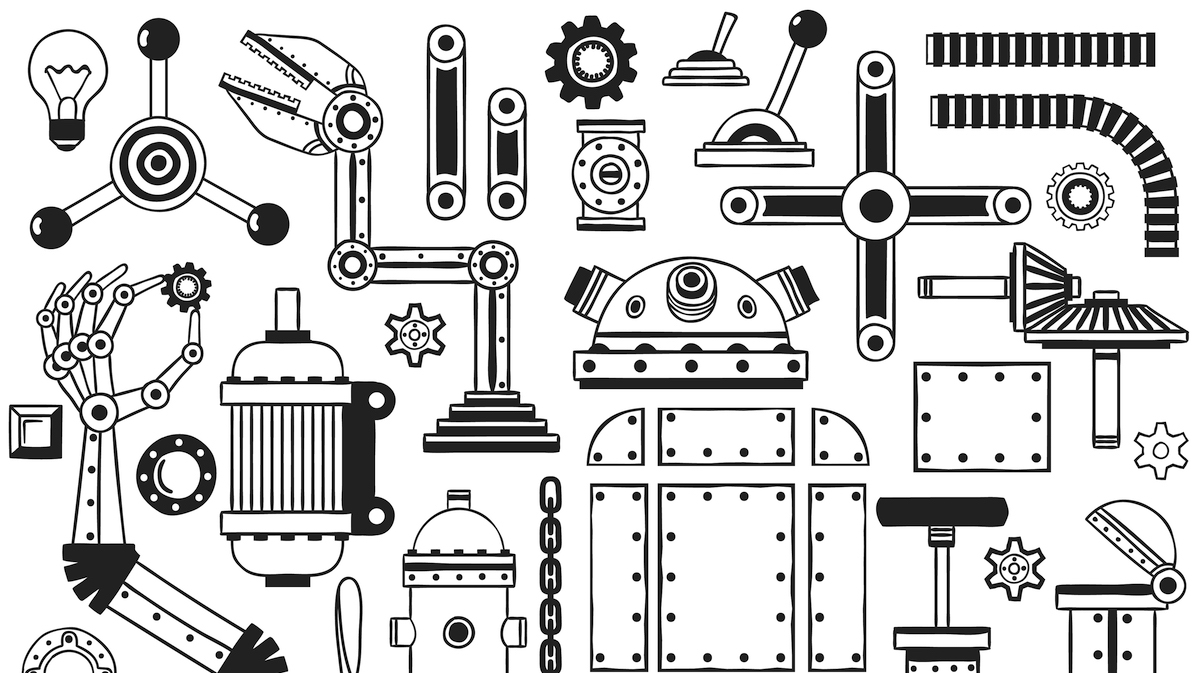
Many technology suppliers offer web platforms for the purchase of spare parts or the execution of maintenance operations. Do you think this service is enough?
We use online catalogues for pre-agreed contracts with suppliers. In some cases this is enough, in others we need something else. Usually we look for spare parts with greater reliability, and we need to be able to identify the best ones, which last longer, and thus save money. This may seem a paradox, but in reality spare parts normally represent only a fraction of the
cost. To get the job done, you need a downtime, people to do it... So paying more for a part that lasts longer means, in most cases, saving money. What we need to focus on is the total cost.
Overall, do you think that the machine suppliers meet your needs?
I believe there is a disconnection between what plant suppliers offer and what consumer goods companies demand. We need reliable, easy-to-maintain machines that will last over time, even if they are used under extreme conditions. I'm not saying the plants aren't working well, but they should be improved. Today producers have needs never experienced in the past: standards are stricter, consumer expectations are higher, the brand must not be compromised by problems concerning the quality of the product...
Finally, in your opinion, will Industry 4.0, the Internet of Things, really become the paradigm for changing the way service and maintenance are made?
Yes, at least partially. As far as I'm concerned I'm using e-auctions a lot: this helps us to save money for what we can get with the right features and that we don't need urgently. As far as remote assistance is concerned, we still have a long way to go: we are much more likely to use physical assistance.
I think we are generally a long way from this being fully realised. The Internet itself doesn't work in every industrial site in the world. The CBM system I mentioned is a step in this direction but there is still a lot to do. Let's think about 3D printing: we could also remotely identify a problem with a machine, but in any case we are not yet ready to print the spare part where the machines are installed, because 3D printing works for plastic, but not for metal and cannot be used on an industrial scale. In short, something is being done but the road to the Internet of things is not so short in my opinion.








